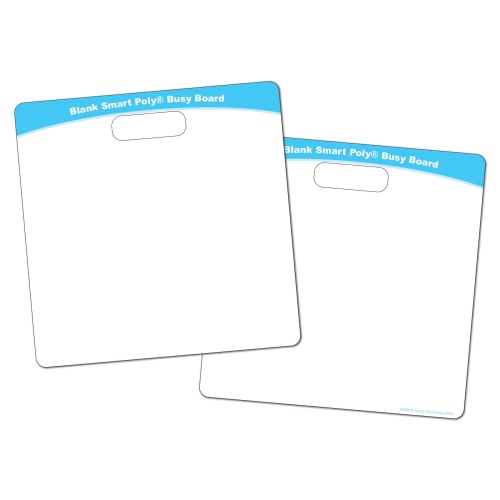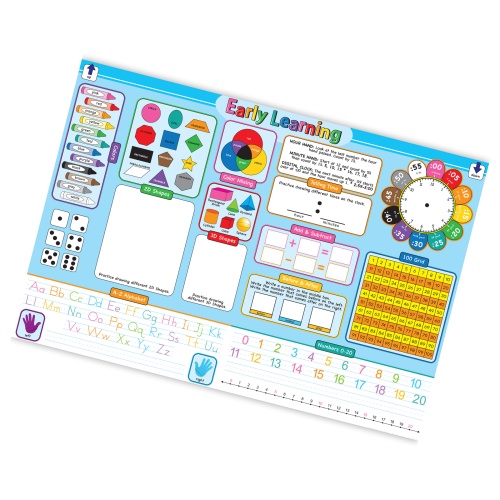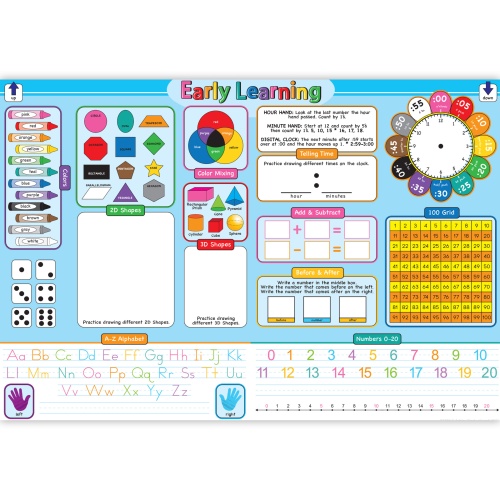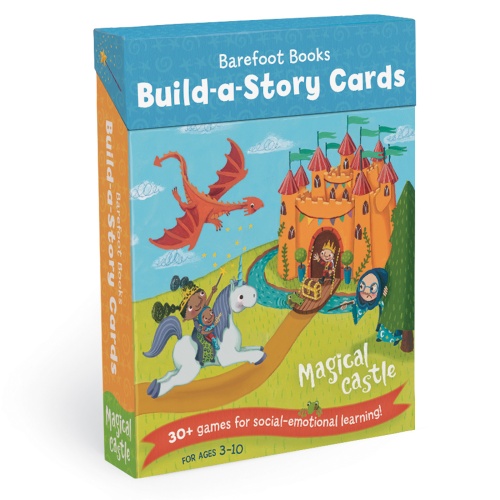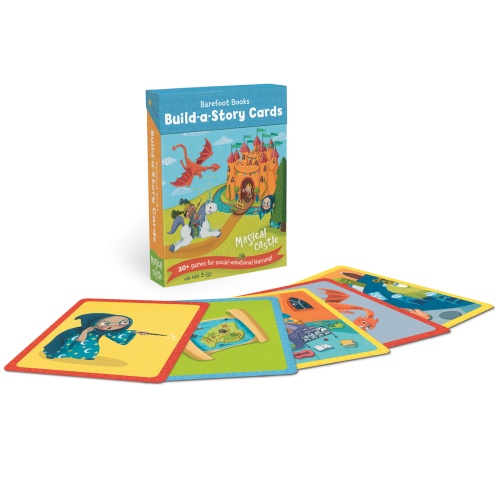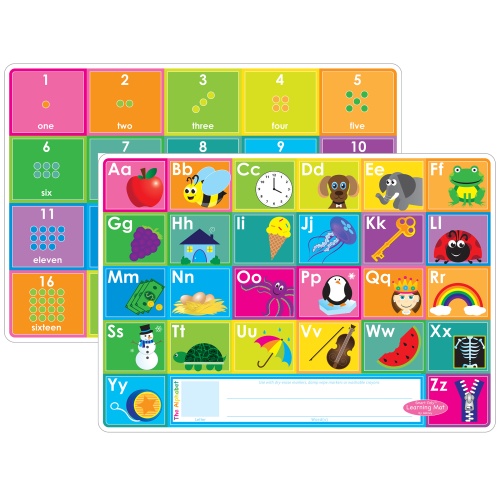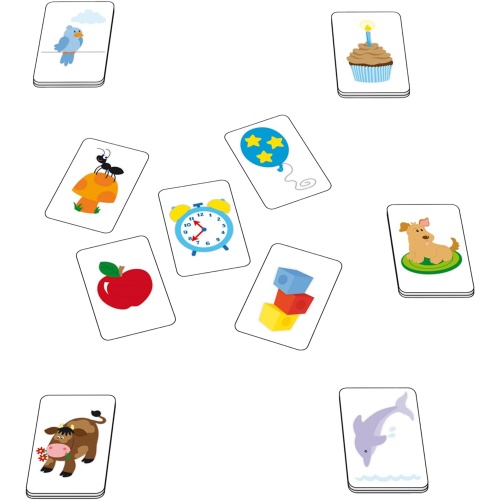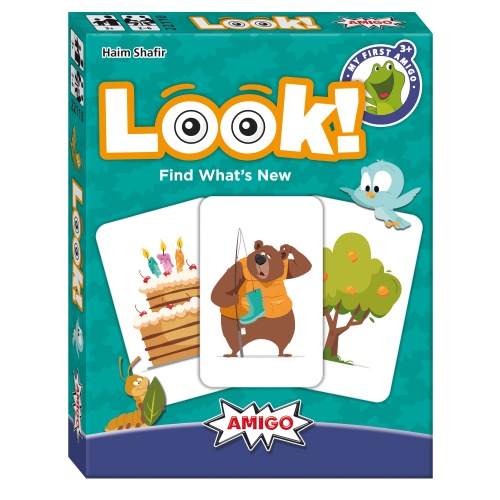Small Pegs Activity Set
Part Number: CTU39472
17 in stock
Additional information
| Weight | 1.94 lbs |
|---|---|
| Dimensions | 13.07 × 8.18 × 2.36 in |
| Brand | |
| Color | |
| Material | |
| Assembly Required | |
| Age | |
| Grade | |
| Package Contains | 600 plastic pegs in 6 colors, 4 clear pegboards, 15 double-sided activity cards |
| Package Count | 619 |
| Unit of Measure | ST |
| Barcode | 4713057202452 |
| Country of Origin | |
| Warranty | |
| Warranty Link |
Category: Early Childhood,Hands-On Activities
Item# CTU39472
MPN: CTU39472
Small Pegs Activity Set Overview:
Children create fun patterns and different designs with plastic pegs and boards you can use again and again! Small Pegs Activity Set will give kids inspiration for patterning, sequencing, symmetry, sorting, and early math activities. Or they may create their own patterns and let their creativity take over! Simply push the colorful pegs into the transparent board matching the colorful pattern or activity of their choice. This hands-on tool builds fine motor skills and is ideal for pattern, symmetry, sorting and sequencing work. Each 6.25″ x 6.25″ pegboard has 100 holes in total. The 600 colored pegs measuring 0.38″ x 0.75″ come in 6 different colors: red, orange, yellow, green, blue, and purple. The pegs are also suitable for Montessori teaching. Each peg has a hole on top and can be stacked for early block graphs, sequencing and abacus work. Set includes 600 pegs in 6 bright colors, 4 clear pegboards, and 15 double-sided cards (30 activities).
- Small Pegs Activity Set will give kids inspiration for patterning, sequencing, symmetry, sorting, and early math activities. Or they may create their own patterns and let their creativity take over!
- This hands-on tool builds fine motor skills and is ideal for pattern, symmetry, sorting and sequencing work.
- Each 6-1/4″ x 6-1/4″ pegboard has 100 holes in total. The 600 colored pegs measuring 3/8″ x 3/4″ come in 6 different colors: red, orange, yellow, green, blue, and purple.
- The pegs are also suitable for Montessori teaching. Each peg has a hole on top and can be stacked for early block graphs, sequencing and abacus work.
Other Products You May Like…
Specifications
| Weight | 1.94 lbs |
|---|---|
| Dimensions | 13.07 × 8.18 × 2.36 in |
| Brand | |
| Color | |
| Material | |
| Assembly Required | |
| Age | |
| Grade | |
| Package Contains | 600 plastic pegs in 6 colors, 4 clear pegboards, 15 double-sided activity cards |
| Package Count | 619 |
| Unit of Measure | ST |
| Barcode | 4713057202452 |
| Country of Origin | |
| Warranty | |
| Warranty Link |




